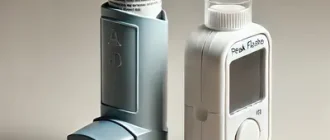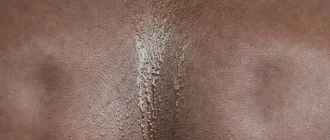Patient Case Studies
Case 1:
A 4-year-old boy presents with the following symptoms:
- Delayed speech and language development
- Difficulty making eye contact or engaging in social interactions
- Repetitive behaviors, such as hand-flapping and rocking
- Strong preference for routine and distress when routines are disrupted
Additional notes: His parents mention that he often seems to be in his own world, and he struggles to respond to his name or follow simple instructions.
Case 2:
A 6-year-old girl presents with the following symptoms:
- Limited interest in playing with other children, preferring solitary activities
- Intense focus on specific topics, such as memorizing facts about animals
- Sensitivity to certain sounds and textures
- Difficulties with understanding social cues and expressing emotions
Additional notes: Teachers have noticed that she has trouble adapting to changes in the classroom environment and often becomes upset when things are not done in a particular way.
Question: Based on the provided symptoms and patient histories, what is the most likely diagnosis?
About the Author
Reyus Mammadli is the author of this health blog since 2008. With a background in medical and biotechnical devices, he has over 15 years of experience working with medical literature and expert guidelines from WHO, CDC, Mayo Clinic, and others. His goal is to present clear, accurate health information for everyday readers — not as a substitute for medical advice.






